How I Spent My Quarantine Making Maple Syrup
Spring is the ideal time to collect maple sap and boil it down to syrup. When COVID-19 hit, writer and photographer Andy Cochrane paused his travels around the country and headed home just in time to help his parents with their annual maple-syrup operation in northern Minnesota. Here's how they did it.
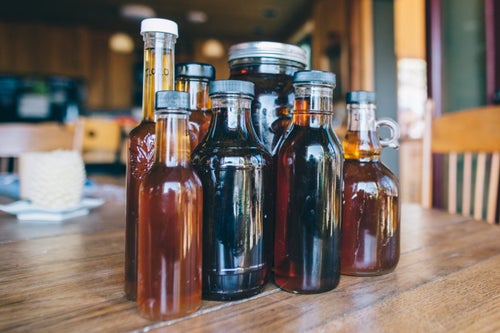
The COVID-19 pandemic forced me, a nomad of five years, to head back home to my parents’ house in northern Minnesota. Starting in late March, as temperatures begin to rise above freezing during the day, sap starts running from the trees around our house, and that’s when my parents tap them for maple syrup. This year I got to take part.
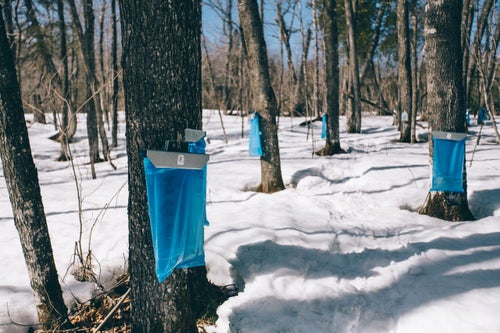
The process begins with finding a group of sugar maple trees. (Other maple trees work, but sugar maples have the highest sugar content.) The stand my parents use is on public land five miles from our house, just up a dirt road. Nearby, a handful of other families tap syrup from the same group of trees.
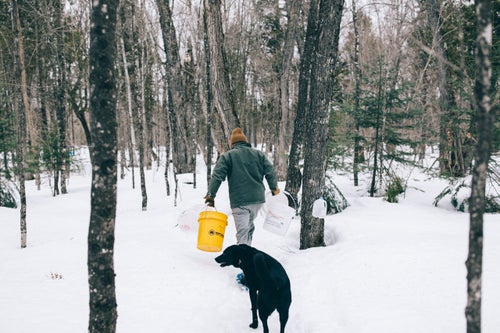
Small steel taps (also called spouts or spiles) are then hammered into predrilled holes on the south side of the tree, which gets the most sun and warms up the most during the day. We tap around 50 trees each year to gift syrup to friends and family.
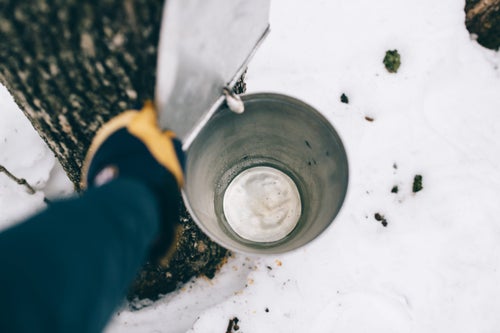
Each tap is given a gallon-size bucket, bag, or recycled milk jug to catch the sap. Some advanced collectors use lines with vacuums to streamline the process. Our operation is relatively small, so the manual process isn’t too cumbersome. Every day that the temperature rises above freezing (ideally above 40 degrees), we’ll visit the stand and collect the sap. We often go in the late afternoon to maximize our keep.
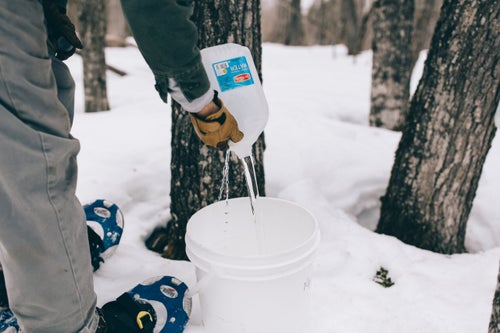
Most days we bring home five to ten gallons. Sap looks a lot like water and has just a hint of sweetness to it. A door-to-door outing takes about an hour. On some days, thanks to weather and a bit of luck, we hit a sap jackpot. On our last day of the season this year, we collected 40 gallons of sap—you could see it dripping out of the metal taps like water from a faucet. Though it varies each year, generally 40 gallons of sap yields one gallon of syrup.
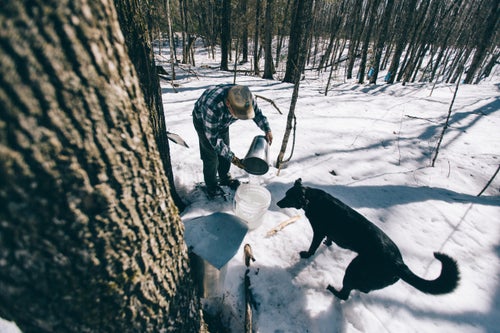
Because the ground is still covered in snow in the spring, we hike through the woods in snowshoes. Each five-gallon bucket can hold over 30 pounds of sap. The snowshoes help us avoid punching through the snow and spilling our liquid treasure.
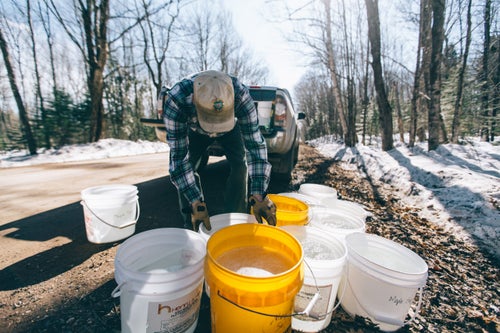
Once we get these buckets out to the road, we seal them with a lid and throw them into the back of the truck.
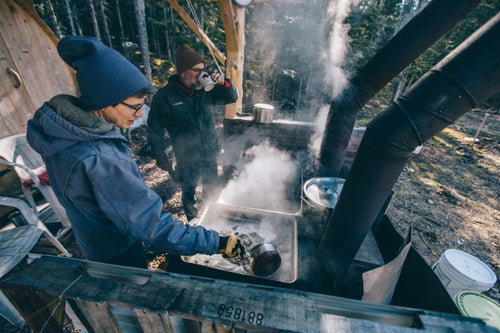
Then comes the fun part: the boil. Sap reduces to syrup when it’s boiled down. Every maple-syrup maker does this part a bit differently. We use two wood furnaces and often spend all day boiling and stoking the furnaces frequently to keep them hot.
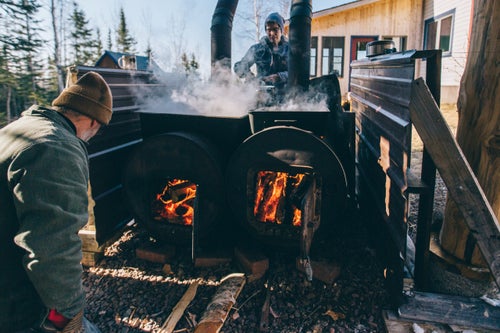
To retain as much heat as possible during this step, we built a three-sided makeshift reflector. The sap boil creates a lot of steam; if you were to do it in your house, you’d risk getting all your surfaces a little sticky. The last part of the boil is the trickiest, as the sap quickly gets concentrated. To avoid burning the bottom layer, we stop when it gets seven degrees above the boiling point of water—or just when it tastes good.
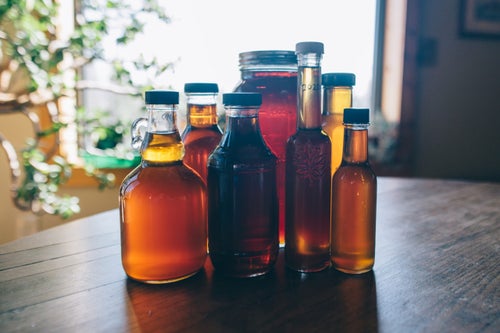
To store it, we either pour our finished product into bottles and keep it refrigerated, or we sterilize mason jars by boiling them in water, then pouring in the syrup and sealing them well. Syrup is, of course, great on pancakes and waffles, but it also can be used as a sweetener for teas and coffee or drizzled on peanut butter toast.